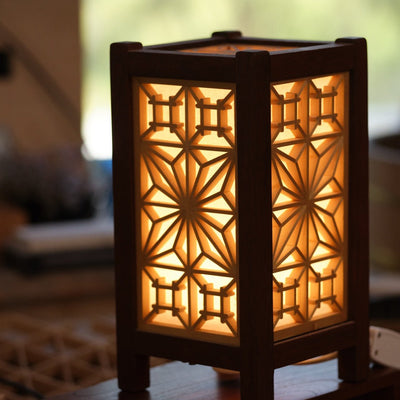Well, here we are. You're thinking of taking a hammer to your beautiful Japanese plane blade. You have either totally lost it or you're a brave woodworker dedicated to your tools. Let's face it, often the two go hand in hand.
If you're looking for some ura-dashi tips, here we run through the do's (and unfortunately, a few do-not's) of the process of tapping out your blade.
The biggest hurdle to carrying out successful ura-dashi for the first time is often mental in nature, and plenty of people have told us that they are afraid to harm their lovely plane blade.
While this is a possibility, it is important to remember that all edged tools require maintenance, and the ability to maintain tools is an essential skill of a maker. So, by carrying out this sort of maintenance, you advance your own knowledge, competence and confidence as well as the usefulness and performance of your kanna. Be brave, be bold, and strike that blade right where you mean to.
Give Yourself Something to Aim At

More information is more better. The place to impact your blade is a third of the way down the bevel, which is an area of the soft laminating material (jigane) not quite halfway to the lamination line.
We strongly suggest drawing a pencil line along this axis, and keeping your strikes aimed at it throughout the tapping out process.
Go Steady
As you may see in the video, hitting further down the bevel than this line is not necessarily a death sentence for your blade - however, it will make the process of sharpening afterwards more laborious.
Keep your eye on your pencil line and your impacts focused there. Start slow and steady, landing your hits deliberately.
Positioning the Blade on the Anvil
The blade will need to be placed on the anvil correctly. The aim here is to have the anvil supporting your blade exactly behind the point that your are striking. As your striking point moves along the bevel, so must the positioning of the blade on the anvil to keep the blade supported.
When you have the anvil and the point of impact lined up correctly, your strike will be met with a solid thunk and you will feel a solid transfer of your force from your hammer head through the blade and into the anvil.
If your blade or the hand holding the blade is skipping around as you strike it, you may need to reposition it on the anvil for a more direct transfer of force.
Check Your Work

After tapping away for a few minutes, it is helpful to take the blade back to the kanaban and give it a few passes to diagnose any movement. If you don't notice any difference at first, do not fret.
Many small, accurate impacts are a better way of carrying out ura-dashi than heavy-handed and possibly inaccurate whacking. Head back to the anvil and go again. Then lap again. Observe and repeat.
Take as Much Time as you Can

How long the tapping out of a blade can take varies considerably depending on the steel in the plane blade, it's size, the weight of your hammer, the force of your strikes, the weather, the movement of Sagittarius across the night sky and last week's Powerball.
Working carefully and steadily while gaining confidence in the process is more important than attaining quick results. Expect your first ura-dashi to take perhaps a half hour or even an hour depending on the factors above.
As ura-dashi is a process that doesn't need to be carried out extremely often, expect the second time you do it to take just as long. The rare opportunities to practice it makes it one of the trickier skills to be well-versed at, but it does become more comfortable as time goes on.
Polish It Off
As your ura comes back into position and your blade back aligns, finish off the process by polishing your blade on a kanaban, then give it a good sharpen. The marks from your hammer strikes will disappear within a few sharpenings, and your blade will be sharp and useful again for the forseeable future. Enjoy!


